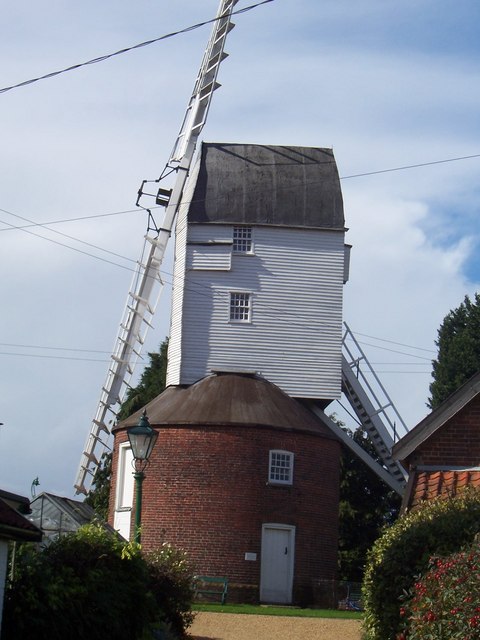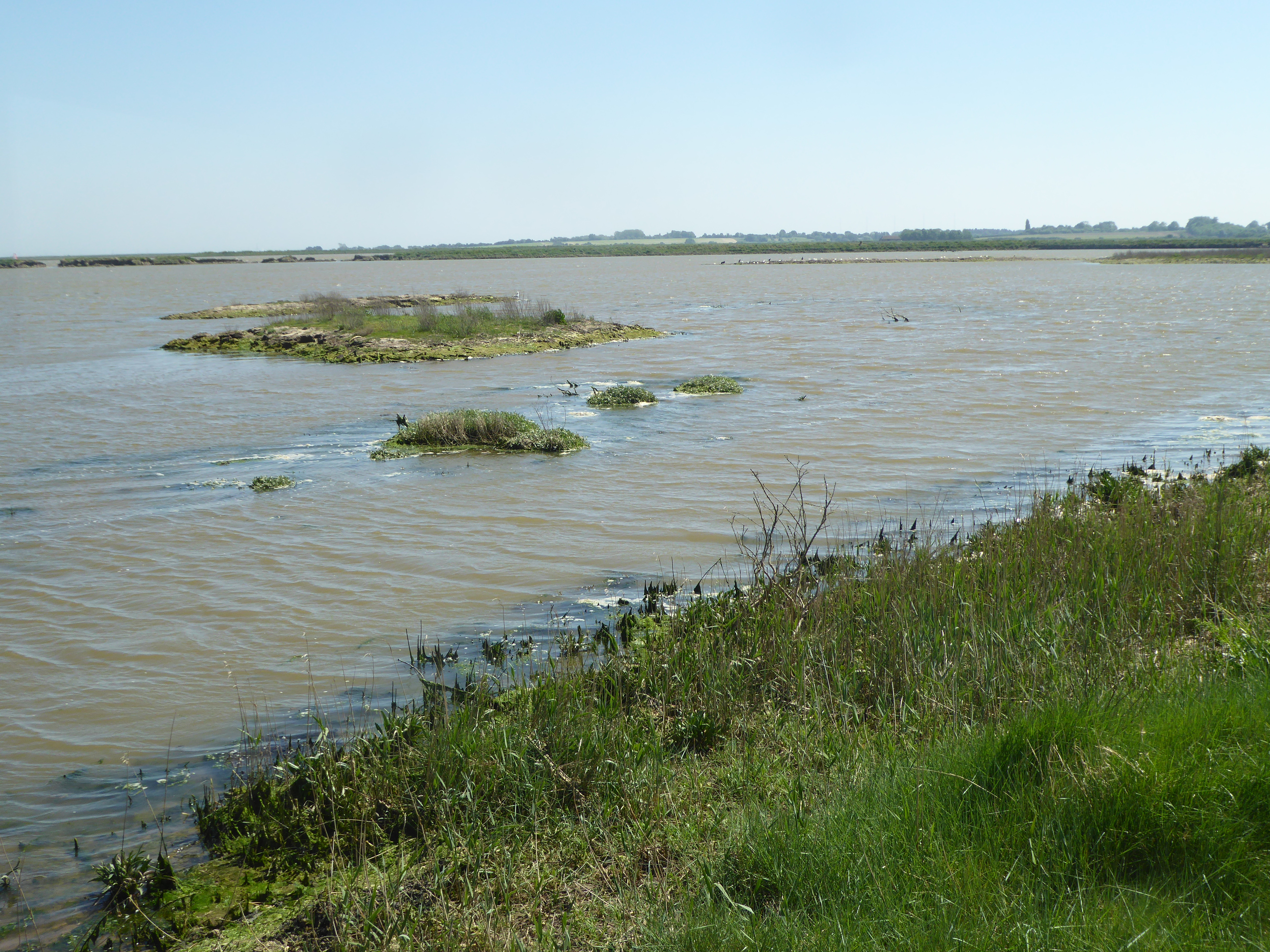|
Fox Fritillary Meadow
Fox Fritillary Meadow is a biological Site of Special Scientific Interest north of Framsden in Suffolk. It is owned and managed by the Suffolk Wildlife Trust. This unimproved meadow is located on heavy alluvial soils at the bottom of a valley. It has a rich variety of flora, including the herbs cowslip, cuckooflower and ragged robin, together with the largest population in East Anglia of the rare snake's head fritillary ''Fritillaria meleagris'' is a Eurasian species of flowering plant in the lily family Liliaceae. Its common names include snake's head fritillary, snake's head (the original English name), chess flower, frog-cup, guinea-hen flower, guinea flower, .... This site is closed to the public apart from an open day in April. References {{Suffolk Wildlife Trust Suffolk Wildlife Trust Sites of Special Scientific Interest in Suffolk ... [...More Info...] [...Related Items...] OR: [Wikipedia] [Google] [Baidu] |
|
 |
Site Of Special Scientific Interest
A Site of Special Scientific Interest (SSSI) in Great Britain or an Area of Special Scientific Interest (ASSI) in the Isle of Man and Northern Ireland is a conservation designation denoting a protected area in the United Kingdom and Isle of Man. SSSI/ASSIs are the basic building block of site-based nature conservation legislation and most other legal nature/geological conservation designations in the United Kingdom are based upon them, including national nature reserves, Ramsar sites, Special Protection Areas, and Special Areas of Conservation. The acronym "SSSI" is often pronounced "triple-S I". Selection and conservation Sites notified for their biological interest are known as Biological SSSIs (or ASSIs), and those notified for geological or physiographic interest are Geological SSSIs (or ASSIs). Sites may be divided into management units, with some areas including units that are noted for both biological and geological interest. Biological Biological SSSI/A ... [...More Info...] [...Related Items...] OR: [Wikipedia] [Google] [Baidu] |
 |
Framsden
Framsden is a village and civil parish located around north of Ipswich and south of the small market town of Debenham in the English county of Suffolk. The total population of Framsden in the census of 2001 was 299, with 125 households, 52 people under 16 years, 201 of working age and 46 over 65 years, increasing to a population of 357 in 137 households at the 2011 Census. Geography The majority of homes are situated along Framsden Street, with smaller clusters at Peats Corner, along the A1120 and St John's Row, in addition to more scattered houses towards Otley and Cretingham. The B1077 runs through the west of the Parish, and the A1120 cuts across the north of the Parish. Framsden is mostly within the Helmingham Estate, and a lot of property is tenanted. These are traditional estate 2-bedroom cottages or large farmhouses. The estate cottages and school were designed 150 years ago by Lord John Tollemache, to provide dwellings for estate workers. Two cottages shared a bread ... [...More Info...] [...Related Items...] OR: [Wikipedia] [Google] [Baidu] |
|
Suffolk
Suffolk () is a ceremonial county of England in East Anglia. It borders Norfolk to the north, Cambridgeshire to the west and Essex to the south; the North Sea lies to the east. The county town is Ipswich; other important towns include Lowestoft, Bury St Edmunds, Newmarket, and Felixstowe which has one of the largest container ports in Europe. The county is low-lying but can be quite hilly, especially towards the west. It is also known for its extensive farming and has largely arable land with the wetlands of the Broads in the north. The Suffolk Coast & Heaths and Dedham Vale are both nationally designated Areas of Outstanding Natural Beauty. History Administration The Anglo-Saxon settlement of Suffolk, and East Anglia generally, occurred on a large scale, possibly following a period of depopulation by the previous inhabitants, the Romanised descendants of the Iceni. By the fifth century, they had established control of the region. The Anglo-Saxon inhabitant ... [...More Info...] [...Related Items...] OR: [Wikipedia] [Google] [Baidu] |
|
 |
Suffolk Wildlife Trust
Suffolk Wildlife Trust (SWT) describes itself as the county's "nature charity – the only organisation dedicated wholly to safeguarding Suffolk's wildlife and countryside." It is a registered charity, and its headquarters is at Brooke House in Ashbocking, near Ipswich. It was founded in 1961,About us , Suffolk Wildlife Trust. Retrieved 3 March 2014. and is one of 46 covering the . As of March 2017, it has 13,200 members, and it manages of land in 60 nature reserves, most of ... [...More Info...] [...Related Items...] OR: [Wikipedia] [Google] [Baidu] |
 |
Alluvial
Alluvium (from Latin ''alluvius'', from ''alluere'' 'to wash against') is loose clay, silt, sand, or gravel that has been deposited by running water in a stream bed, on a floodplain, in an alluvial fan or beach, or in similar settings. Alluvium is also sometimes called alluvial deposit. Alluvium is typically geologically young and is not consolidated into solid rock. Sediments deposited underwater, in seas, estuaries, lakes, or ponds, are not described as alluvium. Floodplain alluvium can be highly fertile, and supported some of the earliest human civilizations. Definitions The present consensus is that "alluvium" refers to loose sediments of all types deposited by running water in floodplains or in alluvial fans or related landforms. However, the meaning of the term has varied considerably since it was first defined in the French dictionary of Antoine Furetière, posthumously published in 1690. Drawing upon concepts from Roman law, Furetière defined '' alluvion'' ( ... [...More Info...] [...Related Items...] OR: [Wikipedia] [Google] [Baidu] |
 |
Primula Veris
''Primula veris'', the cowslip, common cowslip, or cowslip primrose (syn. ''Primula officinalis'' ), is a herbaceous perennial flowering plant in the primrose family Primulaceae. The species is native throughout most of temperate Europe and western Asia, and although absent from more northerly areas including much of northwest Scotland, it reappears in northernmost Sutherland and Orkney and in Scandinavia. This species frequently hybridizes with other ''Primulas'' such as the common primrose '' Primula vulgaris'' to form false oxlip ( ''Primula'' × ''polyantha'') which is often confused with true oxlip ('' Primula elatior''), a much rarer plant. Names The common name ''cowslip'' may derive from the old English for cow dung, probably because the plant was often found growing amongst the manure in cow pastures. An alternative derivation simply refers to slippery or boggy ground; again, a typical habitat for this plant. The name "cowslop" derived from Old English still exists ... [...More Info...] [...Related Items...] OR: [Wikipedia] [Google] [Baidu] |
|
Cuckooflower
''Cardamine pratensis'', the cuckoo flower, lady's smock, mayflower, or milkmaids, is a flowering plant in the family Brassicaceae. It is a perennial herb native throughout most of Europe and Western Asia. The specific name ''pratensis'' is Latin for "meadow". Description ''Cardamine pratensis'' is a herbaceous, hairless,Webb, D.A., Parnell, J. and Doogue, D. ''An Irish Flora'' 1996. Dundalgan Press, Dundalk. perennial plant growing to 40–60 cm tall, with pinnate leaves 5–12 cm long with 3–15 leaflets, each leaflet about 1 cm long. The flowers are produced on a spike 10–30 cm long, each flower 1–2 cm in diameter with four very pale violet-pink (rarely white) petals. The style of the fruit is short or longish. It grows best close to water. Etymology Its common name ''cuckoo flower'' derives from the formation of the plant's flowers at around the same time as the arrival each spring of the first cuckoos in the British Isles. An alternative 16th ... [...More Info...] [...Related Items...] OR: [Wikipedia] [Google] [Baidu] |
|
|
Ragged Robin
''Silene flos-cuculi'' (syn. ''Lychnis flos-cuculi''), commonly called ragged-robin, is a perennial herbaceous plant in the family Caryophyllaceae. This species is native to Europe and Asia, where it is found along roads and in wet meadows and pastures. In Britain it has declined in numbers because of modern farming techniques and draining of wet-lands and is no longer common. However, it has become naturalized in parts of the northern United States and eastern Canada. Description ''Silene flos-cuculi'' forms a rosette of low growing foliage with numerous flower stems 20 to 90 cm tall. The stems rise above the foliage and branch near the top of the stem and end with the pink flowers which are 3–4 cm across. The flowers have five narrow petals deeply divided into four lobes giving the flower an untidy, ragged appearance, hence its common name. The calyx tube is five-toothed with ten stamens. The leaves are paired, with the lower leaves spoon-shaped and stalked. The mi ... [...More Info...] [...Related Items...] OR: [Wikipedia] [Google] [Baidu] |
|
|
East Anglia
East Anglia is an area in the East of England, often defined as including the counties of Norfolk, Suffolk and Cambridgeshire. The name derives from the Anglo-Saxon kingdom of the East Angles, a people whose name originated in Anglia, in what is now Northern Germany. Area Definitions of what constitutes East Anglia vary. The Anglo-Saxon Kingdom of East Anglia, established in the 6th century, originally consisted of the modern counties of Norfolk and Suffolk and expanded west into at least part of Cambridgeshire, typically the northernmost parts known as The Fens. The modern NUTS 3 statistical unit of East Anglia comprises Norfolk, Suffolk and Cambridgeshire (including the City of Peterborough unitary authority). Those three counties have formed the Roman Catholic Diocese of East Anglia since 1976, and were the subject of a possible government devolution package in 2016. Essex has sometimes been included in definitions of East Anglia, including by the London Societ ... [...More Info...] [...Related Items...] OR: [Wikipedia] [Google] [Baidu] |
|
|
Fritillaria Meleagris
''Fritillaria meleagris'' is a Eurasian species of flowering plant in the lily family Liliaceae. Its common names include snake's head fritillary, snake's head (the original English name), chess flower, frog-cup, guinea-hen flower, guinea flower, leper lily (because its shape resembled the bell once carried by lepers), Lazarus bell, chequered lily, chequered daffodil, drooping tulip or, in the British Isles, simply fritillary. The plant is a bulbous perennial native to the flood river plains of Europe where it grows in abundance. Etymology The Latin specific epithet ''meleagris'' means "spotted like a guineafowl". The common name "snake's head" probably refers to the somewhat snakelike appearance of the nodding flower heads, especially when in bud, on their long stems. Description and habitat The flower has a chequered pattern in shades of purple, or is sometimes pure white. It flowers from March to May and grows between in height. The plant has a button-shaped bulb, about ... [...More Info...] [...Related Items...] OR: [Wikipedia] [Google] [Baidu] |